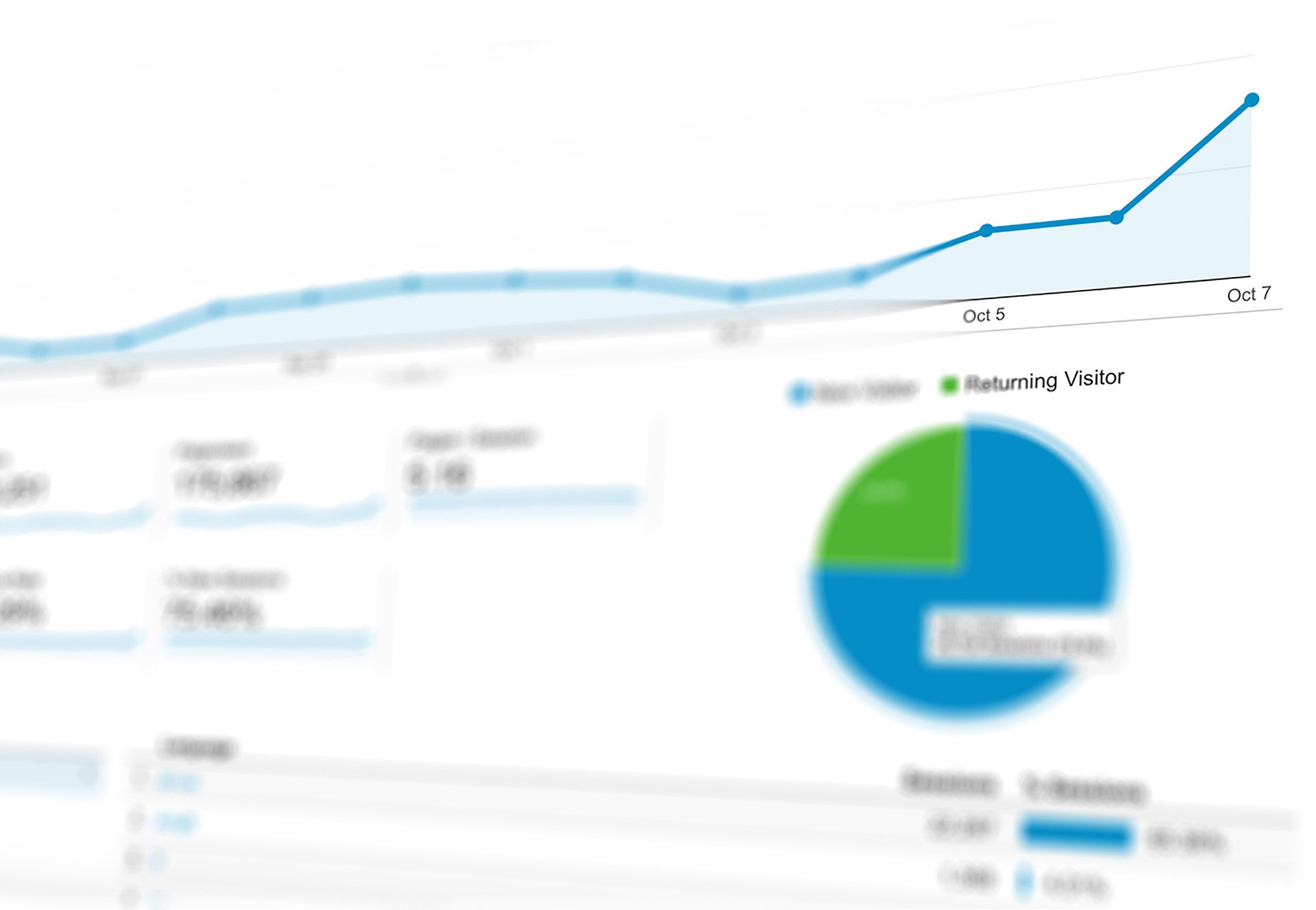Analyzing Your Google Analytics Traffic: Direct/None
Google Analytics is an invaluable source for car dealers as it provides a lot of data and information about visitors to your website. However, sometimes the analytics program can leave you with more questions than answers.
Visiting Google’s help center to learn what direct/none means or how to fix it might not shed much light on the meaning of this phrase. The help center says that this term refers to “users that typed your URL directly into their browser, or who had bookmarked your site”. In other words, most of the people who get to your site without following a link.
However, taking a closer look at the data shows that this can't always be the case. Traffic listed under this source often has a high percentage of new traffic, so one can assume that these new visitors did not have it bookmarked and as users typically don't type the URL for a specific page outside of the homepage, the numbers don't add up.
Google Analytics keeps track of a wide variety of data: who comes to the website, how long they stayed, how many pages they viewed while they were at your site, and what sort of device they used to access it (phone, desktop, laptop, tablet). Google Analytics is also supposed to inform you how a visitor got to your website, referred to as the “Source.”
As good as their tracking is, Google can’t always identify a user’s entry “source.” When that occurs, the program uses the “direct/none” catchall to describe these visitors even though they may not have come from a direct source.
This can be concerning if you’re spending money on web advertising as you want to know what’s driving customers to you, and what isn’t. Fortunately, there are a couple solutions that can allow you to analyze traffic that is listed under this source as well as prevent most of it in the future.
One thing to do is look at the landing pages for this coding and see what you can learn. Are they landing on your homepage? Or are they landing on pages that can only be accessed through specific links, such as those associated with email, mobile, and social campaigns?
Analyzing visitors’ entry points is the most reliable way to make assumptions about their source. As a preventative measure, it is best to use designated landing pages (pages only accessible by a link and not a part of your site’s main navigation) for marketing material so that you can identify traffic and assess your marketing efforts.
“An ounce of prevention is worth a pound of cure,” and the most effective preventative solution to unlisted traffic sources is applying correct and specific attribution to your digital campaigns with UTM codes—custom URLs that track your traffic’s source, medium, and campaign.
If you are partnering with an agency that handles your digital marketing needs, inquire as to how they are tracking click-through results. For example, at Edifice Automotive, we embed a unique UTM code in every single link associated with our clients’ digital campaigns, ensuring that their Google Analytics can accurately report the traffic generated by our campaigns.
“Direct/none” sourced traffic is difficult to analyze and can cause quite the headache as it is not uncommon for a third of your traffic to be listed under this designation. Given the multitude of situations that result in a “direct/none” classification, expecting to find a solution that eliminates it from your reports is unrealistic.
However, by taking the appropriate steps you can prevent a majority of its occurrences and have a better picture of your website’s traffic and assess if your marketing provider is doing what they say they will do.
Have any other questions about Google Analytics or how to use it for your dealership? Comment below and one of our Google Analytics experts will be happy to assist you.
Interested in learning how to optimize your Google Analytics for better traffic and more sales? Click the link below to get in touch!


